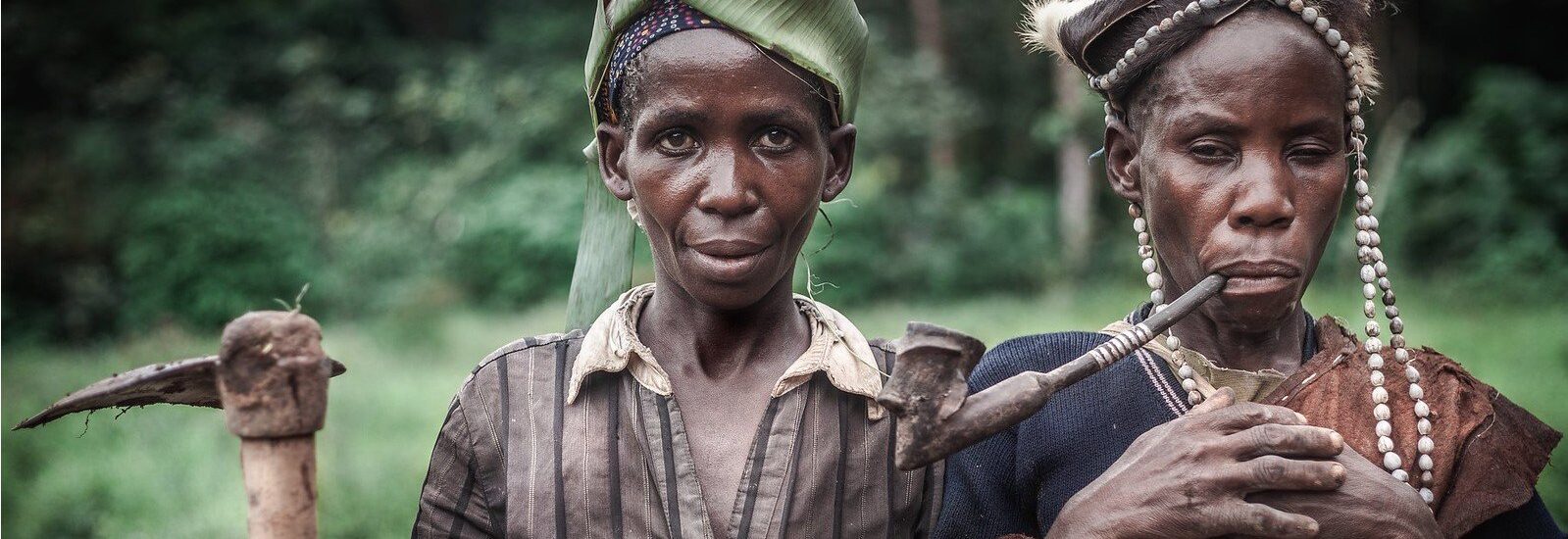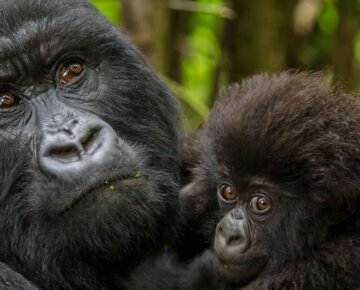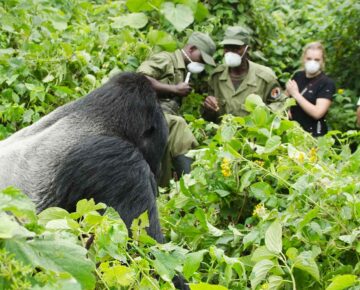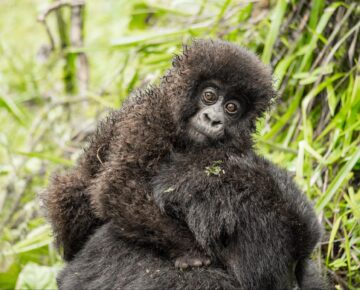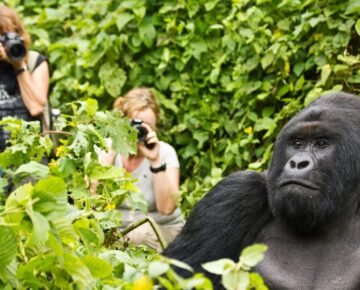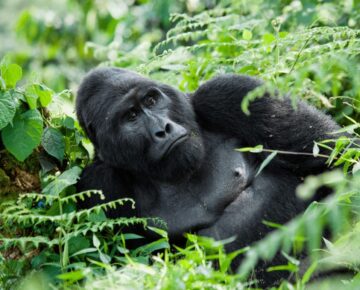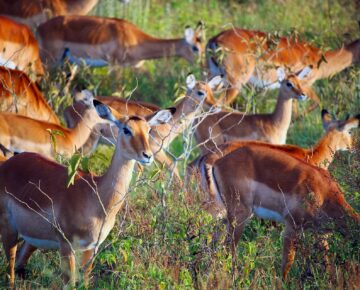Uganda the pearl of Africa is located across the equator in east Africa. The country is blessed with rich biodiversity which is at its best in the 10 national parks and 13 wildlife reserves. It’s also blessed with great cultural diversity with more than 50 indigenous tribes.
Perhaps the most famous tribal groups are Batwa pygmies who lived in the forest as hunter gathers found around Bwindi and Mgahinga southwestern Uganda, the Karamojong semi-nomadic pastoralists and IK in Kidepo Valley National park north east.
However, there several other tribes in Ugandan each of them having its unique traditions such as language, folklore, music, food, handicrafts, dressing styles, architecture, child naming among other forms of cultural practices that create a rich history and heritage.
Ugandans are friendly people, quite open and the country ranks as one of the visitor friendliest destinations in the world. Thanks to the positive attitude, most people here will welcome visitors with a smile. And the common cultural greetings include handshake or saying “hello” by waving a hand at you.
English is the official language and majority of the people are Christians because Uganda was a British protectorate from 1900 until 1962. However, Uganda was largely under powerful traditional kingdoms in East Africa that included Buganda, Ankole, Bunyoro Kitara and Toro. Each of them having distinct cultural, historical and beautiful natural attractions.
How to experience the culture of Uganda on your safari?
So, cultural safaris in Uganda on a round or short trip, will introduce you to some of the top cultural attractions and activities.
For activities, you visit villages around parks to learn about the harmonious co-existence between wildlife and people. You can also discover the culture in the capital Kampala with the Uganda national museum, art galleries and the UNESCO world heritage site Kasubi royal tombs.
Uganda has 10 national parks, each surrounded by local communities. If you’re interested in community walks, in addition to your wildlife activities, the villages around most of the parks offer a chance to discover a side of Uganda that few travelers ever see.
For instance, you can do bike riding, visit the Ankole cattle keeping farms around Lake Mburo National Park.
Visit the Bakiga and Batwa communities around Mgahinga Gorilla National Park and Bwindi Impenetrable Forest National Park. The Batwa pygmies have such a unique culture having lived in forest for over 500,000 years before they were evicted due to pave way for conservation of mountain gorillas. You will learn and witness old age practices like hunting and fruit gathering. Today, Batwa and Bakiga are involved in community tourism projects such as workshops, performances, handicrafts which you can support too. Some lodges do invite performers to entertain their guests at campfire.
A visit to the punishment islands of Lake Bunyonyi located 1-hour away from Bwindi forest. Lake Bunyonyi with its 19 beautiful islands is offers cultural activities such as traditional canoe riding. You will also get to look at the life and culture of the local people.
In Kibale National Park, you can take a walk in Bigodi community swamp in addition to chimp trekking. There are also options to visit local workshops, schools or simply spend time at a local bar.
In Kidepo Valley National Park far located far in the northeastern part of Uganda, there are cultural walks with the Karamojong and Ik people. The Karamojong are semi-nomadic cattle keepers similar to Masai in Kenya and Tanzania while the Ik are bushmen living lifestyle closely related to that of the san in Botswana. You will also discover the wildlife of Kidepo valley including cheetahs.
TOP CULTURAL DESTINATIONS TO VISIT IN UGANDA.
Kampala city.
Kampala, the capital of Uganda is known as the “East Africa’s sleepless capital” due to its vibrant night life as people from across East Africa make it their home. And the best place to experience live cultural performance shows is Ndere Cultural center. Their famous Ndere troupe performs terrifically all cultural dances across the country entertaining visitors at an open air auditorium.
As far as history and cultural heritage is concerned, you must visit the Uganda National Museum. Located next to Uganda Wildlife Authority headquarters, the Uganda museum opens from 9am and closes 5pm daily Monday to Saturday.
The city originally built on 7 hills has expanded covering more than 21 hills. A city tour of the 7 hills reveals some of the religious buildings including Rubaga and Namirembe cathedrals and Gaddafi mosque where you can climb to upstairs to get an aerial view of the entire city.
Mbarara city.
The second largest city after Kampala, Mbarara city is the capital of Ankole kingdom. Most of the safaris going to south and western Uganda must pass through Mbarara making it a great stopover. Visitors can explore Igongo cultural center where you can learn about the culture of western Uganda and enjoy delicious traditional cuisine. There’s also home to Biharwe eclipse monument on a hill overlooking the museum with history dating back to the 1520 AD.
Fort Portal city.
Fort Portal is located on the foothills of the snowcapped Rwenzori Mountains and about 15 km from Kibale Forest National Park. It’s one of Uganda’s best places to live in with good weather and cool surroundings. It’s the capital of Toro kingdom which is open for visiting. There’s also a handful of gardens and tea projects, Ambabere caves (stalactites and stalagmites).

